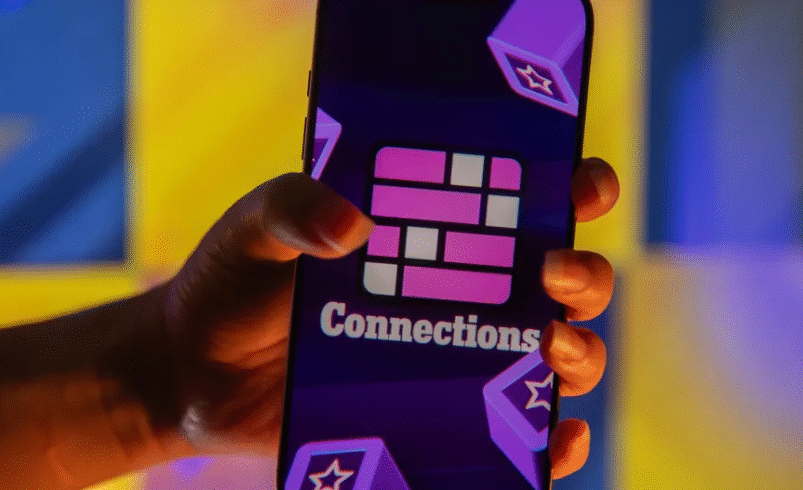Connections Hints Clues, Categories, and Winning Tips
- August 16, 2025
- 0
The New York Times Connections puzzle has quickly become a favorite for word-game lovers. It challenges players to find four groups of related words from a grid of

The New York Times Connections puzzle has quickly become a favorite for word-game lovers. It challenges players to find four groups of related words from a grid of sixteen. The catch? Some words fit multiple categories, and mistakes are limited. Success depends on sharp observation, quick thinking, and strategic guessing. This guide explores how to use hints, clues, and categories to improve your winning streak.
| Feature | Details |
|---|---|
| Publisher | The New York Times |
| Game Type | Word association puzzle |
| Grid Size | 16 words or phrases |
| Objective | Group words into four related categories |
| Mistakes Allowed | Limited (usually four) |
| Skills Needed | Pattern recognition, vocabulary, logical thinking |
| Difficulty | Varies daily from easy to very challenging |
Connections gives you sixteen words or phrases. Your mission is to sort them into four groups of four. Each group shares a common theme or category. Categories can be obvious, like “Fruits” or “Colors.” Others are trickier, such as “Words Ending in -er” or “Movie Villains.”
Many words are misleading. They might belong to more than one possible group. For example, “Apple” could be a fruit or a tech company. This overlap makes early guesses risky. A wrong guess means losing one of your few allowed mistakes.
Hints help narrow the possibilities. Some are built into the puzzle’s wording, while others come from patterns you spot. By scanning the grid, you can identify small clusters of related words. Recognizing these micro-patterns is the first step toward solving the full puzzle.
Begin by finding the most obvious category. This could be the easiest group to spot, such as colors or animals. Solving one category early reduces confusion in the rest of the grid.
Even though words are listed randomly, similar ones often appear close together. This visual proximity can be a clue. For example, seeing “Tiger” and “Lion” near each other might point to a big-cats category.
Connections loves to mix straightforward categories with wordplay. This could mean puns, homophones, or double meanings. For example, “Bark” could belong to a tree category or an animal sound category. Always think of at least two meanings before grouping.
Once you’re confident about a group, submit it. Then re-examine the remaining words. Often, solving one group will reveal patterns in the leftovers. This process of elimination is one of the most effective strategies in the game.
Identifying the most obvious set builds confidence. It also reduces the pool of words, making other categories easier to find.
Rushing into guesses without checking overlaps leads to errors. Always double-check if a word could belong to another set.
Connections uses recurring themes. Categories based on pop culture, geography, sports, and word endings often reappear. Keeping a mental library of these helps in future games.
Mistakes are part of the challenge. If you’re down to your last chance, slow down. Look for less-obvious connections and think about the puzzle creator’s perspective.
Like any skill, your ability to spot patterns improves with practice. The more puzzles you complete, the quicker you’ll see connections.
Connections is more than a simple word game. It’s a test of pattern recognition, critical thinking, and creative guessing. By learning to spot hints, understand categories, and apply winning tips, you can dramatically improve your success rate. The game’s mix of logic and misdirection keeps it fresh and engaging. Play regularly, stay patient, and soon you’ll be solving puzzles with fewer mistakes and greater confidence.
Q1: How many mistakes can I make in Connections?
Usually, you can make up to four mistakes before the game ends.
Q2: Are the categories always obvious?
No. Some are straightforward, while others rely on wordplay or niche knowledge.
Q3: What’s the best first move in Connections?
Find the easiest category first to simplify the puzzle.
Q4: Can I improve at Connections over time?
Yes. Practice sharpens your ability to spot patterns and avoid mistakes.
Q5: Do hints change daily?
Yes. Every puzzle is unique, so hints and categories vary each day.
Visit our website: Muyals